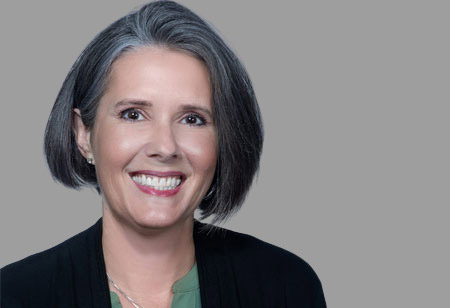Thank you for Subscribing to Healthcare Business Review Weekly Brief

Creating a Culture of Safety
Healthcare Business Review
In the fast-moving Healthcare environment of today, safety is often overlooked and forgotten. Safety is pertinent in all aspects of healthcare and is not something we talk about until it fails. I want to take a few moments to dive into the phrase "Culture of Safety," what it means, and how to foster it. A culture of Safety is one where Safety is at the forefront of leadership. In this environment, senior leadership is taking an active part in driving change and improving the culture committed to safety. A safe environment is also where people feel safe identifying safety concerns, reporting incidents, and working to improve outcomes.
An organization with a robust culture of safety is one where outcomes and incidents are reviewed at all levels. Safety is routinely discussed and reviewed by executive leadership, and people are encouraged to report all levels of incidents. These organizations have developed vigorous incident reporting systems where incidents are reviewed to identify trends and improve outcomes. Incidents in healthcare are often classified as no harm, near misses, adverse events, or critical sentinel events. The challenge when developing a culture of safety is getting people to identify and act on near-miss events. Near-miss events are defined as errors with the potential to result in harm but didn't. These often happen several times before they result in an adverse event. The reporting of a near-miss event provides the most valuable opportunity for improvement.
Leadership involvement and support are critical in developing a robust reporting environment and culture of safety. An engaged leader knows that thorough reporting not only decreases incidents but also improves safety, ensures compliance with regulations, and saves time, money, and resources. Leadership is responsible for creating an open learning environment where reporting is seen as positive and where all team members are working together. In organizations with a positive culture of Safety, incident reporting is a sign of active engagement and ownership.
There are many ways to bring Safety to the forefront; three that have proven to be impactful are safety rounds, safety drills, and safety champions. Leadership can complete safety rounds, where they are making rounds throughout the center, plant, and hospital with the sole purpose of discussing safety with the staff. These are effective in creating open, honest communication. safety drills and safety drills help recognize problems and prepare for high-risk situations. Safety champions are volunteers trained in concepts such as Human factors engineering and look for ways that people may make mistakes and adjust for those outcomes.
Safety rounds are a time for leadership to show their commitment to safety, they are prioritizing safety within their schedule in a prominent way. During these rounds, they walk on site, with a sole focus on safety. They also monitor for signs of safety issues, but more importantly, they are talking with staff about safety. This is an opportunity for leadership to spread the seeds to create a culture of safety.
Safety drills are an opportunity for all levels of the organization to practice and prepare for safety events. These drills need to be a planned part of monthly or quarterly events, they are given priority by leadership. Safety drills offer a time for the organization to practice in a safe environment. The most crucial part of the drill is the post-evaluation phase. Following the drill, the team will sit down and discuss what went well, what didn’t, and what they need to change. This evaluation would then be integrated into their written emergency action plan.
Leadership involvement and support are critical in developing a robust reporting environment and culture of safety
Safety champions are volunteers who are committed to improving safety throughout the organization. These champions are resources within the department and are constantly monitoring for potential problems and ways to improve safety. The safety champions are trained in human factors engineering and are looking at the tools, machines, and systems they are using and how they interact with human factors such as poor design, distraction, time pressure, workload, competence, and morale. When the champions identify human factors that can be affecting safety can make real-time changes and communicate those changes to leadership to ensure integration throughout the organization,
Our responsibilities as leaders in the field of safety are to be constant advocates for safety. Leaders are the voices of our colleagues and patients. We must be constantly growing and developing, transforming to improve our care. My motto is "Know better, Do Better." When approached with a new, better way to care for people and improve Safety, I am open to growth and development. My challenge to you is: go to your team, look at what you are doing, and what you can do better. What can you do safely? Where can you improve?









